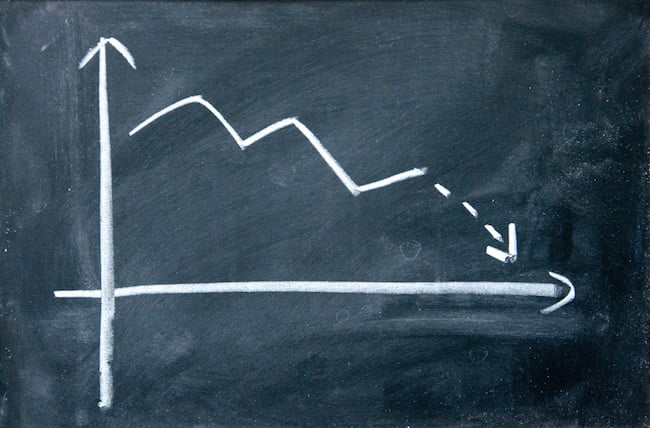How a Closed Loop Cooling System Can Cut Costs

An enclosure cooling system is necessary to remove the heat dissipated by the electrical equipment and to keep the temperature of the enclosure regulated. While filtered fans can remove some of the heat through forced convection, in most other cases, a closed loop cooling system is essential for optimal regulation of temperature without exposing the electrical equipment to ambient air. Typically, air-to-air heat exchangers and closed loop air conditioners take advantage of this principle to cool the enclosure.
What is a closed loop cooling system?
Closed loop cooling systems are designed to isolate the air within the enclosure from the ambient air. They remove the heat inside the enclosure without letting ambient air inside it. It is the ideal solution to protect sensitive electrical equipment against dust and precipitation. The hot air inside your electrical enclosure is sucked into the air conditioner, dehumidified and cooled, and forced back into the enclosure again.
How your closed loop cooling system can cut costs
Expense
The initial costs of open loop cooling systems like fans and blowers are lower than those of air conditioners and heat exchangers. However, the return on investment for the latter is paid back faster than open loop cooling systems through:
- Lower costs of servicing and maintenance
- Reduced chances of failure of equipment
- Low operating cost when the ambient temperature is lower than the desired enclosure temperature and an air to air heat exchanger is used
Maintenance
Closed loop cooling systems are designed to perform in hazardous locations and extreme temperature conditions. Their rugged design and optional extended filter capacities require little maintenance. How does this benefit you?
- Reduced system maintenance costs
- Reduced equipment servicing and replacement costs
- Low downtime and high productivity for your business
Active feedback loops
The active feedback system in your air conditioner power-cycles your compressor and evaporator when the temperature inside the enclosure reaches a set point. This helps cut the system duty cycle in half and saves energy. Even though the initial cost of fans and blowers is lower than air conditioners, they do not have active temperature regulation and therefore need 100% duty cycle for efficient heat dissipation. This increases the chances of system failure; the costs of servicing and replacement can pile up proving to be more expensive.
Equipment operational costs
Since closed loop cooling systems are designed maintain the ideal operating temperature for your equipment, they can improve equipment performance and efficiency and prolong the lifespan of electrical equipment that is temperature-sensitive. Electrical devices at higher temperature tend to have lower energy efficiency resulting in higher operating costs. Air conditioners counteract that effect by providing a suitable environment for your equipment.
Eliminating hot spots for free
The layout of equipment inside your enclosure can often prove to be impediments to fans and blowers; this could lead to improper cooling or hot spots, eventually spelling breakdown of your equipment. To eliminate hot spots in your enclosure with open loop cooling systems, you often need to identify the location of the hotspots using thermal imaging techniques, perform a simulation to find the best method of removing them and install fan trays or circulating fans. Closed loop cooling systems, by design, are more likely to eliminate hot spots. This saves money on reworking the enclosure and installing new equipment.
If you are considering replacing your fan with a closed loop cooling system, contact the sales team at Thermal Edge today.

